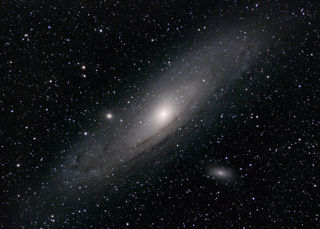
Sikhote Alin Meteorite
Sikhote Alin Meteorite
The Sikhote Alin meteorite fell during daylight at 10:38am local time on 12 February 1947, in southeastern Russia. Witnesses reported a fireball that was brighter than the Sun. It came from out of the north and descended at an angle of 41 degrees, leaving a trail of smoke and dust that was 20 miles long and lingered for several hours. Light and sound from the fall were observed for two hundred miles around the point of impact. The speed of entry was estimated to be 14.5 kilometres a second (about 31,000 miles an hour).As the meteorite entered the atmosphere some of it began to break apart. The group of fragments fell together. When the descending group of meteorites reached an altitude of about 3.5 miles, the largest mass broke up in a violent explosion. This was a very low altitude for such an event – about half the altitude at which passenger jets fly.
This piece of Sikhote Alin meteorite is most likely a shrapnel fragment from the explosion, although it could be from the impact with the frozen ground. The fragments scattered over an elliptical area of about half a square mile. The largest fragments made small craters and pits. One of these measured 25 metres across and 6 metres deep. Sikhote Alin is one of the most spectacular falls of recorded history and the largest of a very small number of recent iron meteorite falls.
All images:
More information
Object number
2014-40
Location
Handling Collection
Has this object been into space?
Yes
Dimension - Dimension, Value, Measurement unit
Height: 2.5cm
Length: 8.0cm
Width: 2.5cm
Weight: 71g
Material
Iron-Nickel Alloy (Meteoric Iron)
Materials & techniques note
Iron meteorite
Associated Place
Russia
On Display Status
Handling collection
Copyright and Photos
Photography is shared via the license below.
However, some objects on this website are on loan to the National Space Centre and are being shared through the permission of their owners.
Commercial use of images from this website is not allowed without additional permissions being granted. To request permission to use images for purposes not covered in the license below, please contact [email protected]
Individual objects on loan to the National Space Centre may have additional copyright permissions, so advice should always be sought before use.
![]()
This work is licensed under a Creative Commons Attribution-NonCommercial 4.0 International License.


